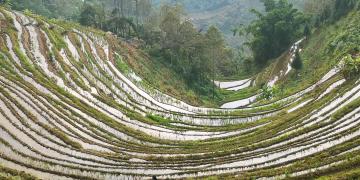Establishing a multi-level partnership (Prefecture-County-Township-Village)
Participatory research in cooperation with scientific institutions
Restoration of traditional water-woods, canals and channels
Increasing the economic value of terrace products
Legislation regulating protection and development
